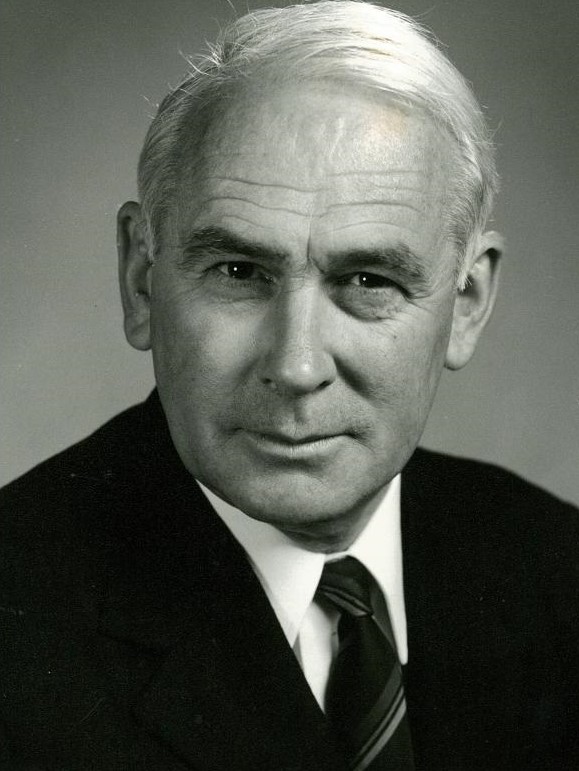It’s time to relax the strict guidelines around ecosourcing seed for local genetic stock if we want to build resilience into our changing environment.
This call comes from MW researchers Peter Heenan, William Lee, Matt McGlone, James McCarthy, Caroline Mitchell, and Gary Houliston, and Matthew Larcombe from the University of Otago, who have published research in the New Zealand Journal of Botany that suggests creating nine broad ecosourcing regions.
They believe this will lead to improved restoration outcomes by increasing species and genetic diversity, mitigating the negative effects of inbreeding, and facilitating the genetic rescue of threatened species populations.
When it comes to ecological restoration in New Zealand, the sourcing of seeds with a known wild origin and “local genetic stock” has been widely advocated and practiced for the past 50 years. This approach, known as ecosourcing, ensures that the seeds used for restoration come from nearby areas and maintain the genetic integrity of the species.
The concept of ecosourcing was initially introduced by Eric Godley in 1972 to address concerns about planting species outside their natural geographical range, which could disrupt their evolutionary trajectories and lead to unsuccessful restoration outcomes due to poor environmental matches.

Eric Godley
“However, we believe that this approach has become overly restrictive,” says Peter, the lead author of the paper, Ecosourcing for resilience in a changing environment.
“Ecosourcing at a strictly local scale limits genetic diversity, confines species to their historical ranges, and reduces conservation options for threatened species,” he says.
For instance, tree species in New Zealand, which are commonly used in restoration projects, have low genetic differentiation within populations and experience significant gene flow throughout their range. Therefore, the strict ecosourcing of tree seeds provides limited benefits.
Peter says it would be more beneficial to use larger ecosource areas instead of smaller ones, as it would help avoid inbreeding depression and allow for a better match with the local environment.
“To effectively protect and restore ecosystems, conservation efforts need to adapt to these changes in contemporary biotic landscapes that have been profoundly altered by climate change, habitat loss and fragmentation, species extinctions, the spread of invasive species, and the emergence of novel habitats,” he says.
“Limiting a plant’s evolutionary potential reduces opportunities to safeguard biodiversity, and it restricts the ability to respond to climate change.”
The authors of the report advocate for a more flexible approach to ecosourcing.
They have proposed the use of phylogeography – identifying the relationships between different genotypes within a single species and then correlating that with where they are found, and biogeographical boundaries – the geographical distributions shared among many species of plants.
Within these regions, seed selection should be guided by the phenotypic adaptation of plants to specific environments. Most importantly, they say, is the need to determine the ability of indigenous species to expand their range or occupy new climatic conditions.

